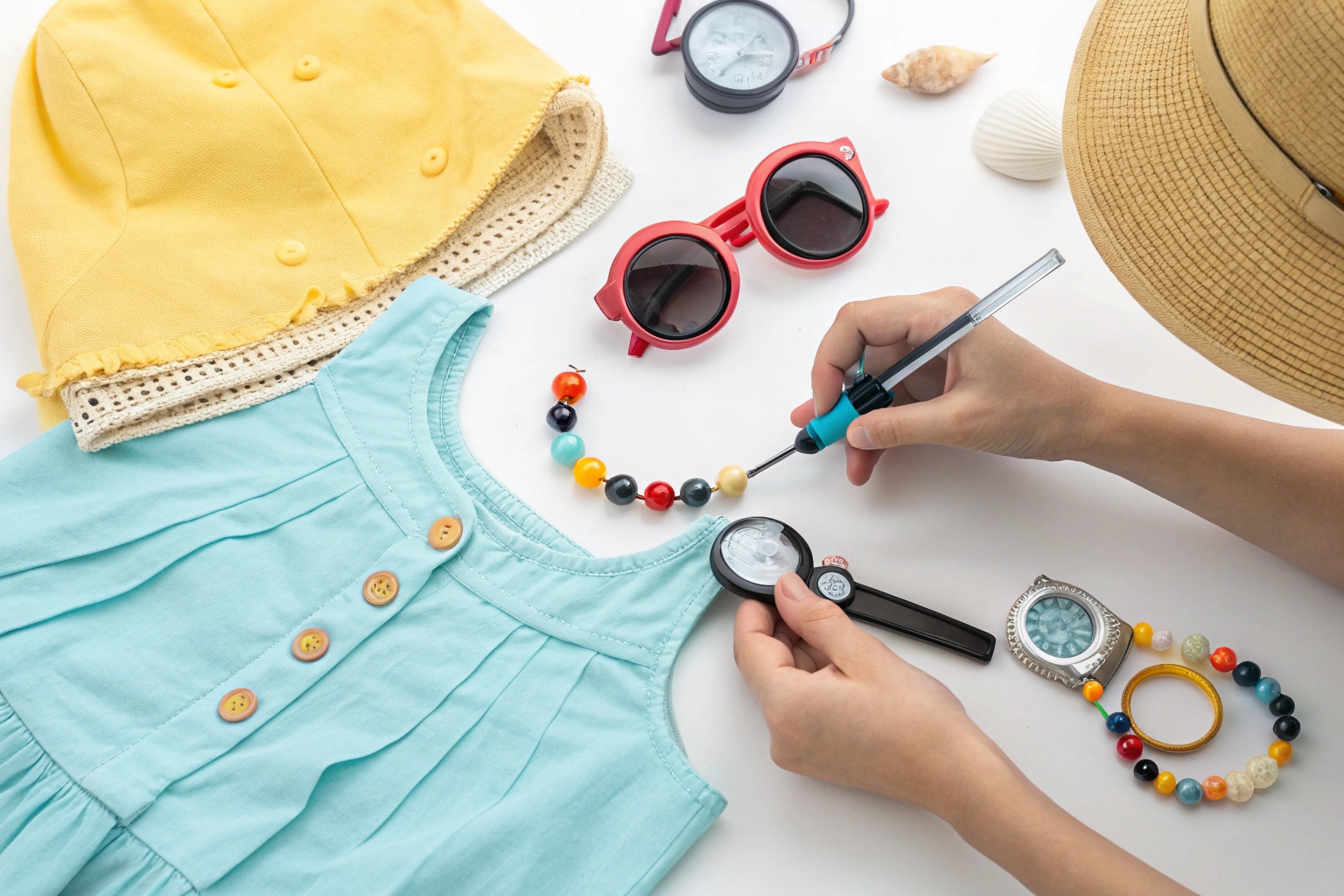Too many brands skip testing to save cost—until a recall hits and everything falls apart.
Testing kids’ apparel and accessories is not just a formality—it’s a legal, ethical, and brand-critical necessity. Whether it's flammability, chemicals, or choking hazards, children's products must meet strict global safety standards.
In this article, I’ll walk you through the exact standards, tests, and best practices we follow at Fumao Clothing to ensure the kidswear we manufacture is trusted and compliant in every market we serve.
Key Safety Standards for Children's Clothing Testing
Ignoring safety standards may cut costs temporarily—but it opens the door to legal issues and public backlash.
Children’s clothing must meet local and international safety standards like CPSIA, EN 14682, and REACH, which are designed to prevent injuries and ensure non-toxic material usage.
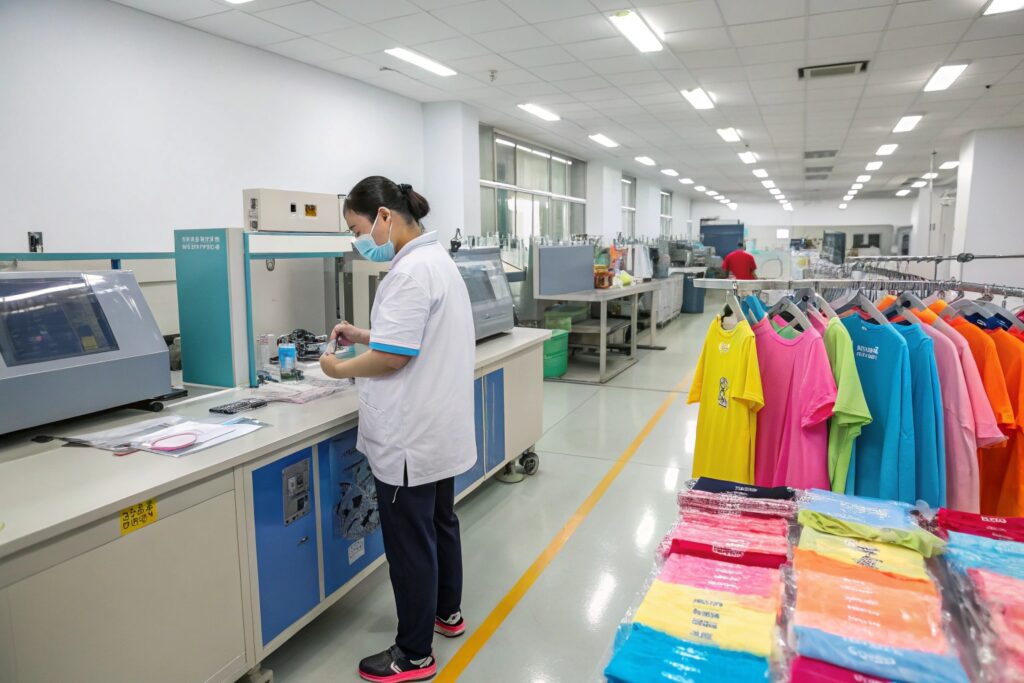
Why are the safety standards for children’s clothing more strict than adult garments, and how can manufacturers keep up?
Children are still developing physically, and their products need special protections. A drawstring on a hoodie can become a strangulation hazard. Small buttons can lead to choking. The fabrics must be free from heavy metals and allergens. Here are the most enforced standards globally:
| Regulation Name | Region | Focus Areas |
|---|---|---|
| CPSIA | USA | Lead, phthalates, flammability, tracking labels |
| EN 14682 | EU | Drawstrings and cords in children’s clothing |
| REACH | EU | Chemical use in textiles and finishes |
| GB 31701 | China | Flame retardants, dyes, formaldehyde, pH level |
| ISO 8124 | Global | Mechanical, chemical, and labeling safety |
At Fumao, we align our testing practices with destination country regulations. We keep technical files for each product line, so clients can request past lab results for proof of compliance.
How do violations of safety standards affect children’s fashion brands in the real world?
A small oversight—like forgetting to remove a decorative cord—can escalate to nationwide recalls or lawsuits. In 2024, a major US department store had to recall over 30,000 hoodies due to non-compliant waist drawstrings. The result? Millions in lost sales and reputational damage.
We’ve helped rescue several brands that approached us after their former suppliers failed to meet CPSIA rules. In each case, we re-engineered the garments and submitted them for full third-party testing. That’s the difference between a short-lived product and a long-standing brand.
Common Chemical and Flammability Tests for Kidswear
Soft cotton isn’t enough—if it’s soaked in the wrong dye, it’s dangerous.
Chemical and flammability tests ensure that kidswear is non-toxic and fire-safe—requirements that are non-negotiable for both compliance and parental peace of mind.
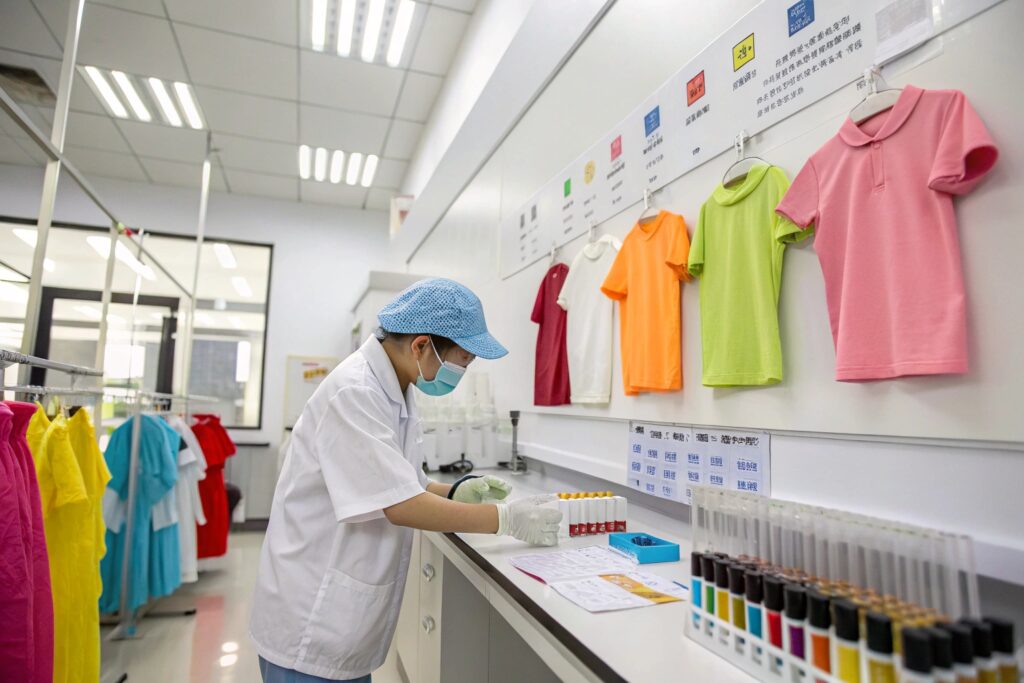
What specific chemical substances must be tested in children’s apparel, and how dangerous are they?
Even seemingly harmless clothing items can contain banned substances if left untested. Here are the common culprits:
| Chemical | Risk Factor | Regulatory Limits |
|---|---|---|
| Lead | Brain development issues | < 100 ppm (CPSIA) |
| Formaldehyde | Respiratory illness, skin irritation | < 75 ppm (GB 31701) |
| Azo Dyes | Carcinogenic | Banned in EU |
| Phthalates | Hormone disruption | < 0.1% (CPSIA) |
| Heavy Metals | Liver and nerve damage | < 0.01% (REACH) |
At Fumao, we test not only fabrics but also trims and packaging. A surprising number of accessories like rubber prints, zippers, or even labels can fail phthalate or heavy metal tests.
How is flammability tested for children’s clothing, especially sleepwear?
Flammability testing is required in many regions for children’s clothing, especially pajamas. Here are the key methods:
- Vertical Flame Test (16 CFR 1615/1616): Measures char length on fabrics.
- Fabric Weight Check: Lighter fabrics ignite faster, and thus require tighter controls.
- Shrinkage after Washing: Determines if garments become more flammable over time.
In the US, children's sleepwear must be flame-resistant or snug-fitting. At Fumao, every sleepwear design goes through lab testing before production approval. We've built in compliance with both CPSIA and the stricter GB/T standards used in China.
How Product Recalls Impact Children's Apparel Brands
A single product defect can erase months of marketing and years of trust.
Product recalls lead to lost revenue, negative press, and legal consequences—especially when children’s health and safety are involved.
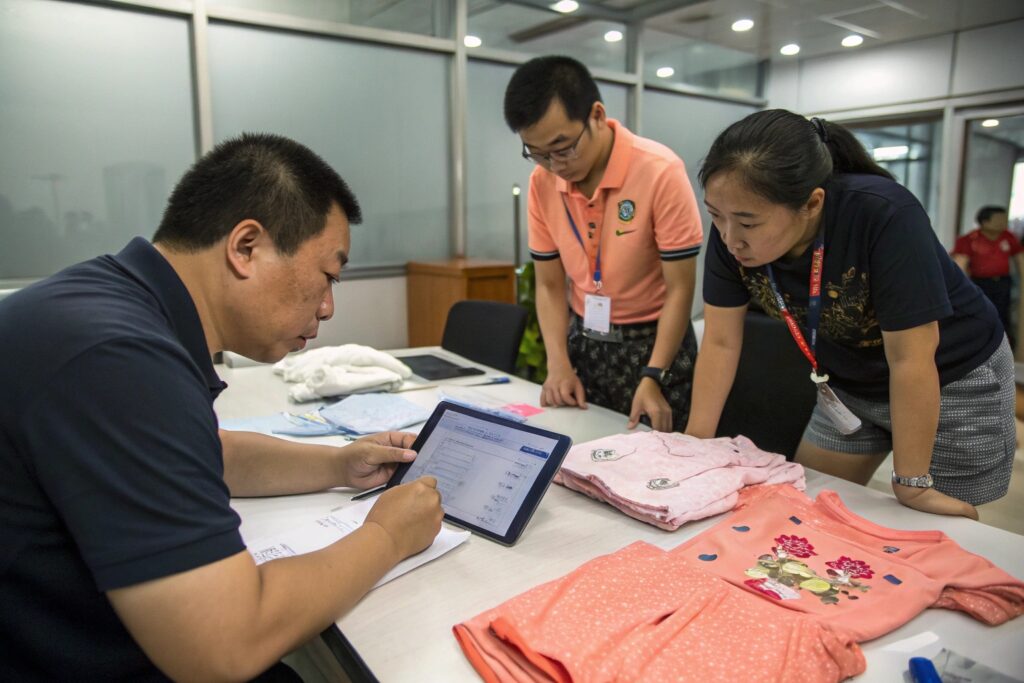
What are the most frequent causes of product recalls in the kidswear industry?
We track recalls closely at Fumao, and the patterns are clear:
| Recall Reason | Common Product Type | Example Impact |
|---|---|---|
| Drawstring Hazard | Jackets, Hoodies | Strangulation, lawsuits |
| Choking from Buttons | Rompers, Shirts | Emergency injuries, recalls |
| Lead in Accessories | Hats, Shoes, Jewelry | Toxic exposure, customs block |
| Flammable Pajamas | Sleepwear | Injuries, fines |
One case we followed in 2023 involved a boutique brand selling rompers online. A button detached and was swallowed by a child. The brand was forced to recall 18,000 units, shut down their site for months, and rebrand entirely.
How can apparel brands avoid such disasters through preventive testing?
It starts with better design, continues with responsible sourcing, and ends with certified testing. At Fumao, every kidswear line goes through:
- Design-stage hazard review (checking for small parts, cords, etc.)
- Material-level chemical screening
- Full flammability and mechanical lab tests
- Post-production random sampling
This multi-layer approach has helped our clients avoid recalls and pass audits from retailers like Walmart, Nordstrom, and Zalando.
Third-Party Testing vs In-House: What Brands Must Know
Can you trust your supplier’s “self-declared” tests? Probably not.
Third-party testing is unbiased, globally accepted, and legally traceable—making it the preferred method for compliant and export-ready kidswear.
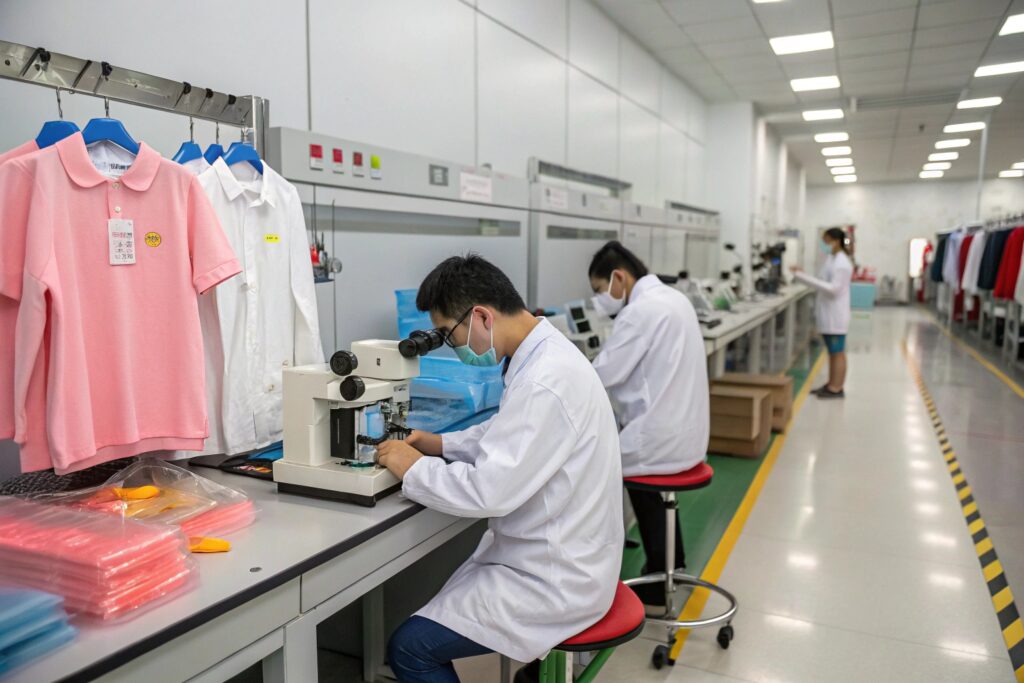
What are the pros and cons of in-house and third-party testing for children’s apparel?
| Testing Method | Benefits | Risks / Limitations |
|---|---|---|
| In-House Testing | Fast, cheap, good for early sampling | Often not accepted by customs |
| Third-Party Testing | Globally accepted, unbiased | Higher cost, takes 5–10 extra days |
At Fumao, we do both. Our in-house lab handles fabric checks and QC inline inspections. But before shipment, we work with labs like SGS, Intertek, or BV to provide a Certificate of Compliance (CoC) and test reports that our clients can submit to customs or retail partners.
What should brands look for in a third-party testing provider?
Make sure they are accredited (ISO/IEC 17025) and offer traceable reports. Ask for:
- Turnaround time
- Types of tests available (chemical, mechanical, flammability)
- Report formats with QR codes or tracking numbers
- Local presence near the factory (saves time and cost)
Some of our clients even set up annual retesting policies to ensure consistency batch after batch. This gives end-customers—and retailers—more confidence in the brand.
Conclusion
Kidswear testing isn’t just about ticking a regulatory box—it’s about protecting young lives and building a brand that parents can truly trust. Work with partners who understand the stakes, and you’ll never have to fear a recall again.

